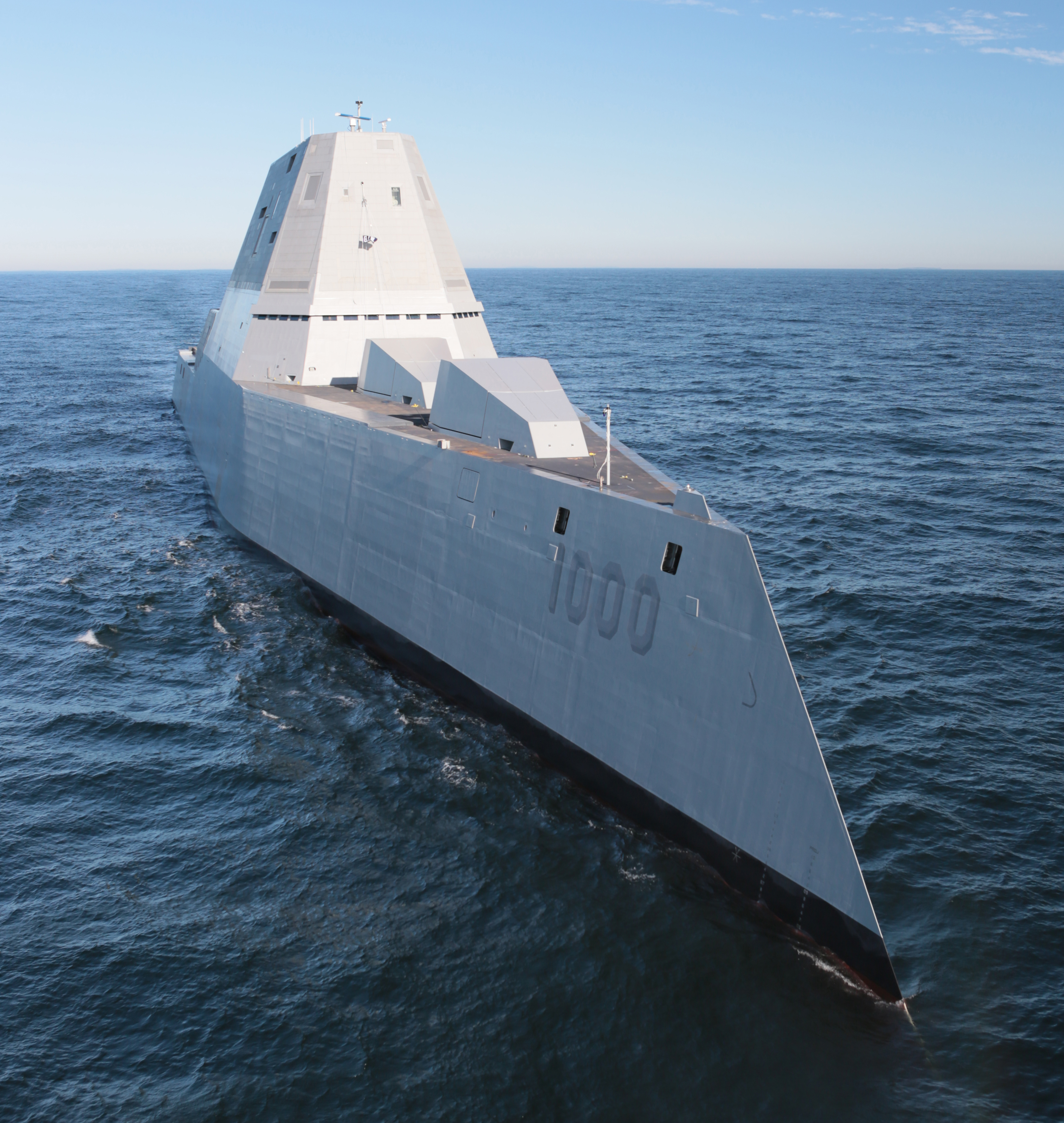CLINTON AT LEAST
HAS A VIABLE STRATEGY TO DEFEAT ISIS
By MG (USA-Ret) Eric T. Olsen
Special Analysis for the National Security Forum
Nov 28, 2015
In her remarks to the Council on Foreign Relations recently, Hillary Clinton laid out an approach to fighting ISIS. In so doing, she became the first candidate for the 2016 presidential election to articulate a framework for a strategy with enough substance and detail to merit some serious analysis and comment.
Unfortunately, most of the subsequent commentary in public forums focused on the wrong question—how different is this strategy from the one we are currently pursuing?
In military circles there is a semi-facetious expression about the existence of only two kinds of strategy: the ones that might work and those that definitely won’t work.
What serious observers should be debating is which of the two types of strategy has Secretary Clinton put forward for consideration.
There is no yardstick available to measure effectiveness of a strategy with any degree of certainty. What can be useful, though, is assessing the merits of a given strategy using the lessons learned from and principles that guided an earlier, similar effort.
It is generally acknowledged that in the final stages of Operation IRAQI FREEDOM, General Stanley McChrystal led a successful counterterrorism operation against Al-Qaeda in Iraq (AQI).
In multiple public forums, McChrystal has since discussed the key lessons learned by fighting against AQI. He focuses on four key principles:
-First, he highlights that the nature of a counterterrorist effort demands a broad, multifunctional, interconnected group of players and agencies to be successful— “a network to defeat a network”.
-Second, he notes that a strategy that relies on eliminating the key leadership of terrorist organizations may bring near term gains but is doomed to fail in the long run. Experience shows that leaders who are eliminated will be replaced. Incapacitating a terrorist group requires striking at more fundamental parts of the organization.
-Which leads to the third key lesson learned: getting “after the people who get things done”. Perhaps more critical to a decentralized terrorist group than leadership are those who keep the ranks of the front line fighters and operatives full, provide them with supplies, make sure they are well financed, and the like. As opposed to a strategy based on decapitation, attacking and destroying their support base through a wide variety of means is more crippling to a terrorist group and has a more lasting effect.
-Finally, and most fundamentally, McChrystal notes that it is essential to attack the ideas that make a terrorist group attractive to those who might want to join it. In the end undermining the appeal of an ideology that justifies terrorism is a critical element of a successful campaign against an organization whose very foundation is ideological in nature.
How does Secretary Clinton’s announced strategy to fight ISIS stand up in light of these lessons learned?
In sum, pretty well. The key points of her presentation and other comments she has made about the fight against radical jihadism track very nicely with General McChrystal’s advice and cautions. Her approach is fundamentally based on the notion that it takes a network to fight a network. The call for a continued effort to be more inclusive to strengthen and broaden the coalition—more international partners, additional support from US and other agencies especially in the realm of intelligence, and mechanisms to better coordinate and integrate the contributions of the players in such a network—mirrors exactly the successful techniques honed by McChrystal and JSOC as part of their counterterrorism operations in the latter half of last decade.
And this expanded network will be an integral part of supporting a campaign with increasingly broader, and potentially more effective, objectives. At the Council on Foreign Relations, Secretary Clinton stated explicitly that one of the main pillars of her strategy would be to “disrupt and dismantle the growing terrorist infrastructure that facilitates the flow of fighters, financing, arms, and propaganda” that have become critical to the success of ISIS. Her remarks clearly are informed by the principle that a successful strategy must go beyond discrete strikes against “high value targets”.
Perhaps most importantly, the Clinton strategy includes lines of effort to undermine the “idea” that ISIS is leveraging to build strength and support. At the core of that idea is the assertion that the West has launched a crusade against the Muslim world, especially Sunni Islam. The war in Syria is used as evidence of this assertion. In the ISIS narrative, the international coalition has been formed to conduct operations to perpetuate the rule of a brutal regime and enable the large-scale massacre of various Sunni peoples.
In her remarks Secretary Clinton puts forth specific and concrete proposals to undermine these contentions. She proposes a more robust effort to protect people who are suffering from the effects of this war—both intended and unintended—regardless of nationality, religion, or sect. And her strategy proposes measures that are designed to give “new leverage” to diplomatic efforts that will be informed by previous successful efforts that have brought “seemingly intractable multi-sectarian civil wars” to an end.
In short Secretary Clinton’s strategy to defeat ISIS, when tested against the principles that underpin a generally acknowledged successful counterterrorism campaign, would suggest at least that it “might work”. At a minimum those who might disagree now have a concrete, well-grounded proposal on the table to discuss and respond to.
As a Major General in the US Army, Eric T. Olson served as the commander of Combined/Joint Task Force-76 from 2004-5. He was responsible for all combat and reconstruction operations during that portion of Operation ENDURING FREEDOM, the war against the Taliban and Al-Qaeda in Afghanistan. He also served as the division commander of the 25th Infantry Division (Light) from 2002-2005.

